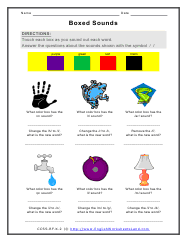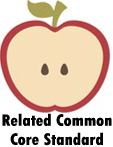Phoneme Isolation Worksheets:
Sounds It Out – You should know your letters before attempting this worksheet. Touch each box as you sound out the word. X extra boxes that do not hold a sound.
Phonics Sounds – Another round of this activity for you. Same skills, different objects and items.
Boxed Sounds – We focus this activity slightly differently. The picture is for pointing out things.
Phoneme Isolation – What words are you getting here? Follow the directions here or you will have some trouble.
Find the Sounds – Where are the sounds in this word? This asks for students to have more endurance.
Town Square – Touch each square as you sound out the word. This worksheet focuses on the beginning of words.
Listen For The Sounds – Some of the boxes just don't belong here. This is a listening worksheet for students.
Box a Sound – Each box gets a sounds within each word. The second makes sense, if you think of ice rinks.
Second /l/ Sound – Circle every picture that has /l/ as the SECOND sound.
/sh/, /s/ Sounds – Circle every picture that has /sh/ as the FIRST sound.
1, 2, or 3 – Write the place of the sound in the word. This can be anywhere in the word.
Feel the Sounds – Write the color of the box where the /t/ sound is heard.
More Extra Boxes – Teachers love this activity so we added an additional worksheet for you.
Sound Isolation – Breaking down where the sound is located can be difficult for those new to phonics.
Phoneme Isolation – Color in the boxes that holds the /k/ sounds. Where is that sound located?
Get FREE English Worksheets In Your Email

